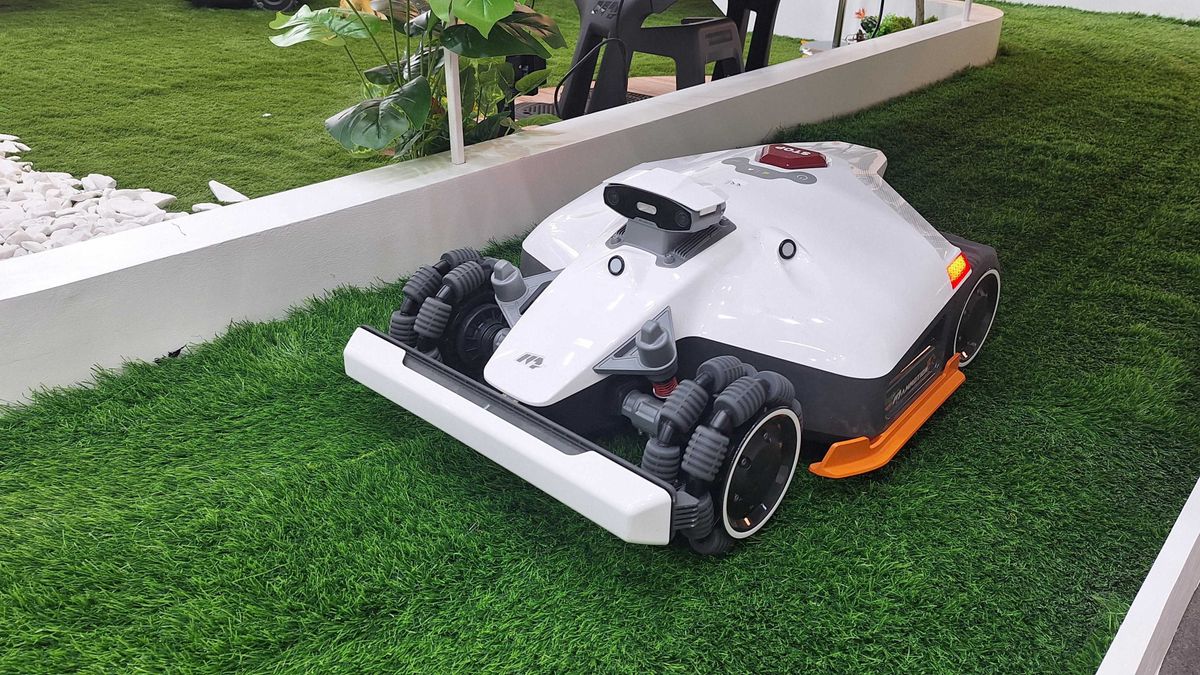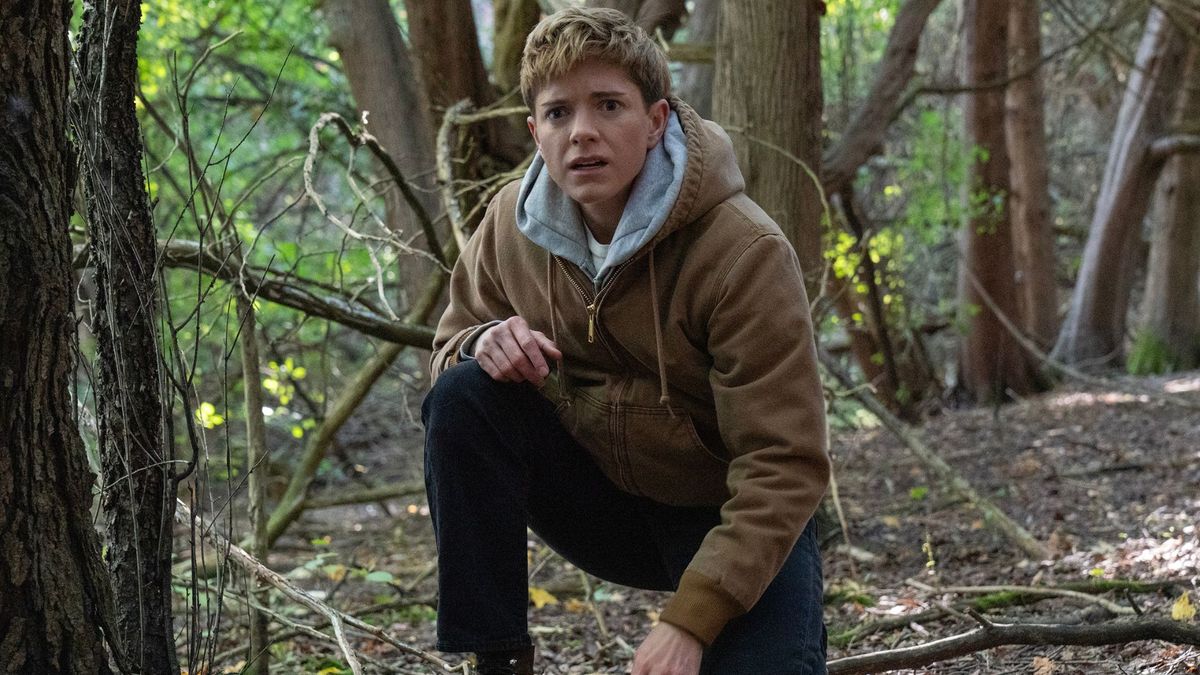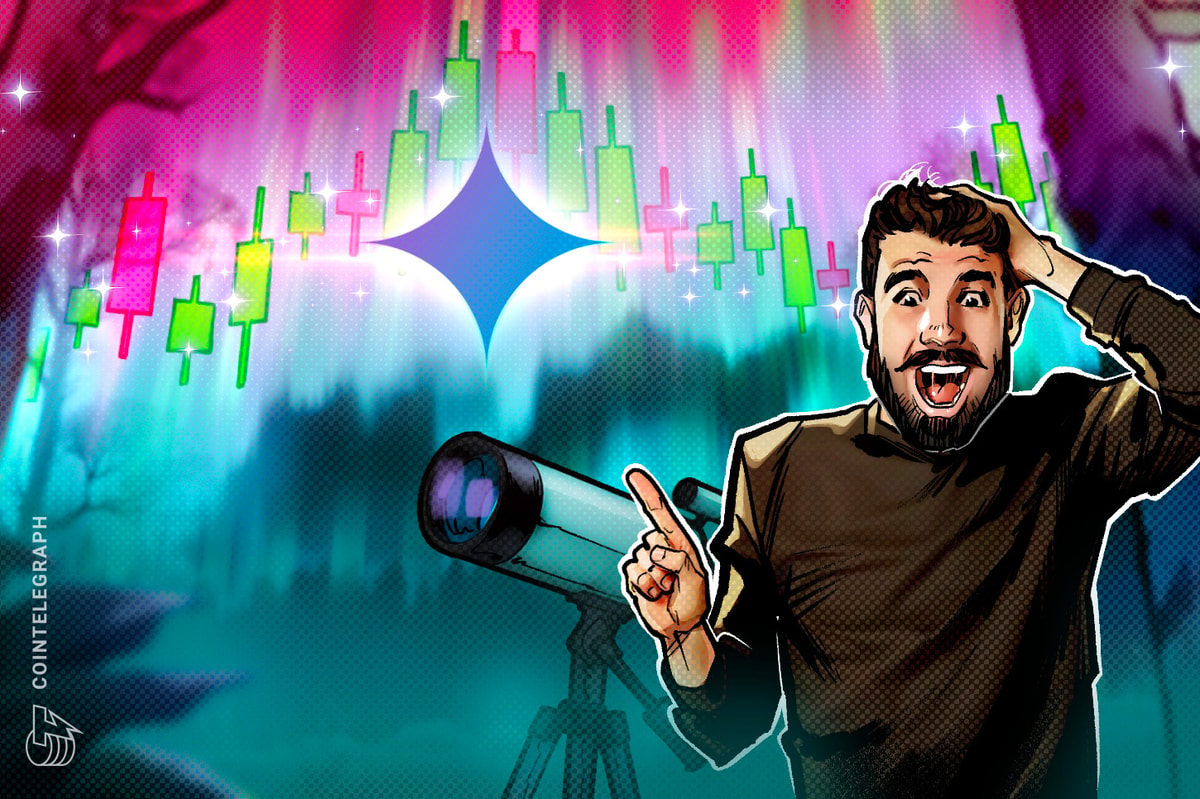Scientists have resurrected 7,000-year-old phytoplankton, making it one of the oldest organisms to ever be revived. But I know what you’re thinking: Since when can we bring life back from the dead?
The phytoplankton—tiny photosynthetic marine algae—weren’t dead, but in a deep “sleep mode” known as dormancy. As detailed in a study published in early January in The ISME Journal, an international team of scientists successfully revived dormant algae—some thousands of years old—from the bottom of the Baltic Sea, bringing them back to full viability. Their work has, quite literally, brought to life a snapshot of ancient Baltic Sea ecology.
Many life forms enter a dormant state with reduced metabolic activity to wait out periods of difficult environmental conditions. When phytoplankton become dormant, they sink to the bottom of their marine habitats where they become layered in sedimentary deposits.
“Such deposits are like a time capsule containing valuable information about past ecosystems and the inhabiting biological communities, their population development and genetic changes,” Sarah Bolius, a biologist and phytoplankton expert from the Leibniz Institute for Baltic Sea Research Warnemünde, said in a statement by the institute.
In 2021, Bolius and her colleagues collected the dormant phytoplankton from sediment samples extracted 787 feet (240 meters) below the surface of the Baltic Sea. They successfully collected and revived organisms from nine samples, some of which date back almost 7,000 years.
Skeletonema marinoi—a common phytoplankton species in the Baltic Sea—were the sole specimens that researchers were able to revive from every single sample, with the oldest going back around 6,871 years. The team claims their Skeletonema marinoi is one of the oldest organisms to have ever been revived from a state of dormancy, and the oldest known revived organism from aquatic sediments.
The team then analyzed the ancient phytoplankton and compared them to modern specimens. Their results revealed that the revived Skeletonema marinoi specimens performed their biological activities just as well as their modern counterparts, despite having been deprived of light and oxygen for thousands of years.
“It is remarkable that the resurrected algae have not only survived ‘just so’, but apparently have not lost any of their ‘fitness’, i. e. their biological performance ability: They grow, divide and photosynthesise like their modern descendants,” Bolius pointed out. Furthermore, the team documented the Skeletonema marinoi‘s genetic profiles, revealing that algae from different time periods formed genetic groups within the species. This indicates that the Baltic Sea’s Skeletonema marinoi genetically evolved over time.
In addition to the organisms themselves, other features of the sediment samples can also reveal ancient levels of oxygen, salt, and temperatures. “By combining all this information, we aim at better understanding how and why Baltic Sea phytoplankton have adapted genetically and functionally to environmental changes,” Bolius added.
Her team’s work demonstrates that “it is now possible to conduct ‘time-jump experiments’ into various stages of Baltic Sea development in the lab,” Bolius continued. “Our study also shows that we can directly trace genetic changes over many millennia–by analysing living cells instead of just fossils or DNA traces.”
It seems like Sleeping Beauty had nothing on Skeletonema marinoi.








 English (US) ·
English (US) ·